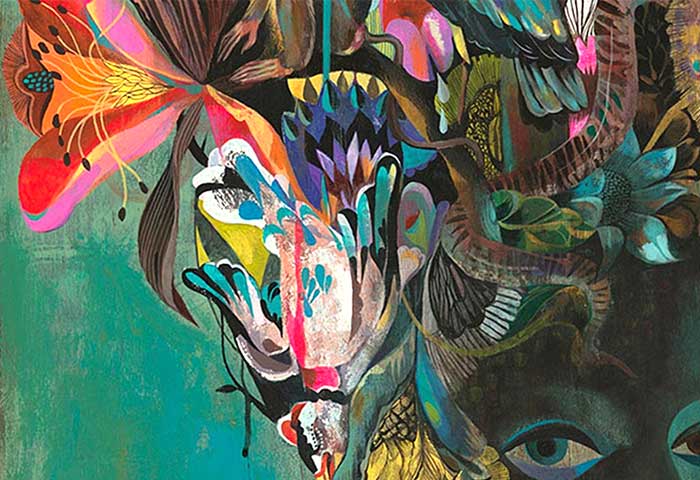[ad_1]
Watercolours can be painted on several different surfaces, though paper’s always been the most commonly used one. When painting with watercolours, it’s very important to choose the right paper to paint on. This is because watercolours, as their name suggests, are water-based, so it’s vital you choose paper that can support the water and give good results. As with most other art supplies, there is a very wide variety of choices available, so it can be overwhelming deciding which type of paper to go for.
Price and quality
Watercolour paper can be categorised into two categories: artist quality and student quality. Artist quality is more expensive and is of a higher quality. It is aimed at artists who want their work to be long-lasting; it has better colour retention than cheaper alternatives. Student quality, on the other hand, is a lot cheaper but isn’t of a high quality. It won’t last as long and will start to yellow after a while. Cheaper paper can still produce beautiful paintings, but if you want your painting to last, you should invest in artist quality paper.
The tooth
The tooth is the surface texture of the paper. This comes in lots of different varieties. Hotpress papers have a very smooth tooth, rough or coarse tooth papers have a very coarse tooth and coldpress papers are somewhere in between. Coldpress papers are popular with beginners because they’re smooth enough to allow for detail and the paint doesn’t dry too fast. Rough or coarse papers have very slow drying times because they’re covered in little grooves which collect the paint. Hotpress papers are the most challenging of the three because their smooth surface allows for the paint to dry more quickly. Painting on hotpress paper can give you vivid colours.
Make
Watercolour paper is typically manufactured either by hand, by a machine or by a mould. Student quality paper tends to be made by machines; it’s cheaper, but doesn’t have good colour retention and can damage easily when wet. Artist quality paper tends to be made either by hand or by a mould. Paper that’s handmade or mould-made is durable and tough. Watercolour paper that’s made from 100% cotton is a lot stronger than paper made from wood pulp. Paper made from pure cotton can withstand a lot of techniques, such as scraping and scrubbing.
Weight
The given weight of the paper is how much a ream, which is 500 sheets, weighs. Generally speaking, the heavier the ream, the heavier the paper’s surface texture, or tooth, is. It’s important to consider the paper’s weight because if it’s a lighter type of paper, it will probably need stretching. This is so the paper doesn’t get damaged or become wrinkly when watercolours are applied to it. Both lighter and heavier papers are of perfectly good quality, but lighter paper’s probably best for beginners because it’s a bit cheaper. Watercolour paper usually comes in three different weights, 90lb., 140lb. and 300lb. Of these three, 90lb. is often used by beginners, who then advance to 140lb. Professional painters tend to use 300lb.
These are just some of the things to consider when buying watercolour paper. There definitely is a lot to take in and choosing the right paper for you isn’t a straightforward task. If you have no idea which type of paper to go for, simply read about all the different possibilities and see which one sounds like it would be best suited to your needs. If you’re still trying out watercolour paints, perhaps go for a cheaper type of paper so you can practice, then when it comes to working on that important painting, invest in some high-quality paper that’s going to last.
[ad_2]
Source

